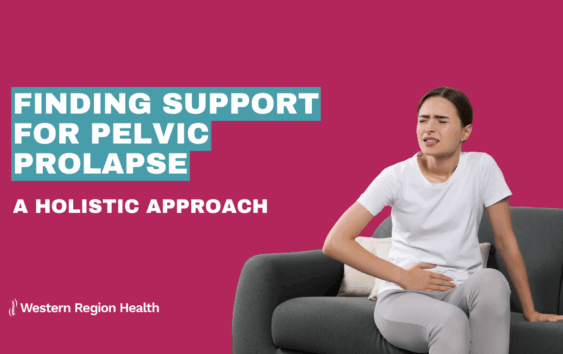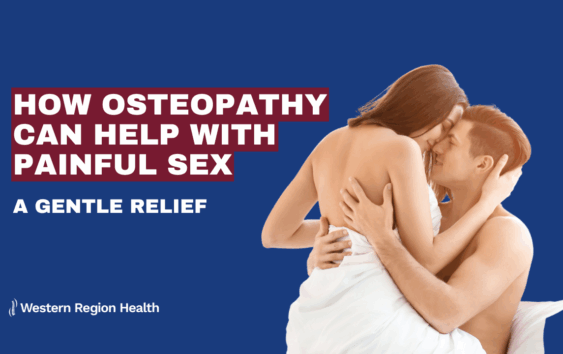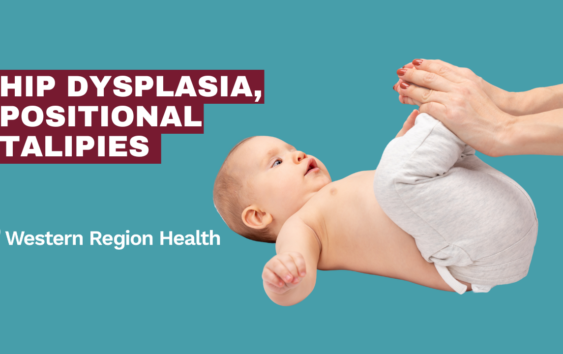General | February 6, 2025
Torticollis, Plagiocephaly & Brachycephaly
Dr Eressea Cross-Supervising Clinician-B.App.Sc(CompMed) MOsteo
Torticollis is a common condition, particularly after a traumatic birth. Early treatment is crucial to prevent complications such as feeding difficulties, sleep disturbances, and the development of plagiocephaly or brachycephaly.
Our physical assessment focuses on evaluating the strength and function of the cervical and thoracic spine muscles, as well as the abdomen. This includes reviewing primitive reflexes, checking for head lag, and observing the infant’s ability to lift and extend their head when lying prone. We apply manual therapy techniques to assess and treat any musculoskeletal restrictions that may be contributing to the baby’s preference for turning their head to one side.
Treatment involves educating parents about optimal positioning during sleep, feeding, and playtime to encourage proper head and neck movement. Gentle massage and stretching techniques will be performed during the session and taught to the parents for continued care at home. While most cases of torticollis resolve with this approach, if significant improvement isn’t seen by 3 months of age, we will consider a referral to a pediatrician or the Royal Children’s Hospital.
If torticollis has caused plagiocephaly or brachycephaly, a craniometer will be used to measure the degree of flattening. This helps us assess the severity and design an appropriate treatment plan. Early intervention, including parental stretching, diligent repositioning, and manual therapy to improve function and reduce muscle tension, is key to achieving the best outcome in these cases.
In some instances, we may recommend a Mimos brand pillow for use when the baby is lying on their back. These pillows are certified Class 1 Medical Devices, made with breathable 3D spacer fabric for safe use. If there is no significant improvement in the flattening or if facial asymmetry develops, or if there is any concern of craniosynostosis, we will refer the child for further evaluation and potential helmet therapy.


